 For more than half a millennium, Saben was the Bishop's Seat for the diocese of Brixen beginning in the year 550. The bishop's castle was later converted into a convent for Benedictine nuns in 1685. To this day, they live their spiritual motherhood by praying and consecrating themselves to God just as Nicholas of Cusa saw in his dream.
For more than half a millennium, Saben was the Bishop's Seat for the diocese of Brixen beginning in the year 550. The bishop's castle was later converted into a convent for Benedictine nuns in 1685. To this day, they live their spiritual motherhood by praying and consecrating themselves to God just as Nicholas of Cusa saw in his dream.This story has been taken from the Congregation of Clergy's booklet, Adoration, Reparation, Spiritual Motherhood for Priests.
Nicholas Cardinal of Cusa (1401-1464), Bishop of Brixen, was not only a great Church politician, reputable Papal legate and reformer of spiritual life for the clergy and the faithful of the 15th century, but also a man of silence and contemplation.
He was deeply moved by a dream in which he was shown the spiritual reality which has meaning for priests and indeed, for all people to this very day: the power of self-offering, prayer and the sacrifice of spiritual mothers hidden in convents.
 The offering of hands and hearts Nicholas and his guide entered a small, ancient church decorated with mosaics and frescoes from the early centuries, and there the cardinal saw an amazing sight. More than a thousand nuns were praying in the little church. Despite the limited space, they all fit due to their slender and composed nature.
The offering of hands and hearts Nicholas and his guide entered a small, ancient church decorated with mosaics and frescoes from the early centuries, and there the cardinal saw an amazing sight. More than a thousand nuns were praying in the little church. Despite the limited space, they all fit due to their slender and composed nature.
The sisters were praying, but in a way that the cardinal had never seen. They were not kneeling but standing; their gaze was not cast off into the distance but rather fixed on something nearby which he could not see. They stood with open arms, palms facing upwards in a gesture of offering.
 Surprisingly, in their poor, thin hands they carried men and women, emperors and kings, cities and countries. Sometimes there were several pairs of hands joined together holding a city. A country, recognizable by its national flag, was supported by a whole wall of arms, and yet even then there was an air of silence and isolation around each one of them in prayer. The majority of nuns, however, carried one individual in their hands.
Surprisingly, in their poor, thin hands they carried men and women, emperors and kings, cities and countries. Sometimes there were several pairs of hands joined together holding a city. A country, recognizable by its national flag, was supported by a whole wall of arms, and yet even then there was an air of silence and isolation around each one of them in prayer. The majority of nuns, however, carried one individual in their hands.In the hands of a thin, young, almost child-like nun, Nicholas saw the Pope. You could see how heavy this load was for her, but her face was radiating a joyful gleam. Standing in the hands of one of the older sisters he saw himself, Nicholas of Cusa, Bishop of Brixen, and Cardinal of the Roman Church. He saw the wrinkles of his age; he saw the blemishes of his soul and his life in all their clarity. He looked with stunned and surprised eyes, but his fright was soon mixed with an unspeakable bliss.
 Cardinal Nicholas of Cusa
Cardinal Nicholas of CusaHis guide whispered, "Now you see how sinners are sustained and carried and, in spite of their sins, have not given up loving God."
"What about those who do not love anymore?" the Cardinal asked. Suddenly, he was in the crypt of the church with his guide, where once again, more than a thousand nuns were praying. Whereas the former ones were carried in the nuns’ hands, here in the crypt, they were carried in their hearts. They were exceptionally serious because the fate of eternal souls was 13 at hand.
"So you see, Your Eminence," said the guide, "that also those who have given up loving are still carried. It happens occasionally that they become warm again through the ardent hearts which are being consumed for them—occasionally, but not always. Sometimes, in the hour of their death, they are taken from these saving hands into the hands of the Divine Judge, and they must also answer for the sacrifice that has been made for them. Every sacrifice bears fruit. However, when the fruit offered to somebody is not picked, the fruit of corruption ripens."
The Cardinal was captivated by the women who made an offering of their life. He always knew they existed, but he saw now, clearer than ever, their importance for the Church, for the world, for nations and for every individual. Only now was it so surprisingly clear. He bowed deeply before these martyrs of love.




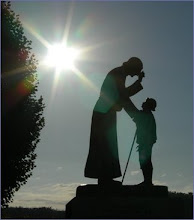
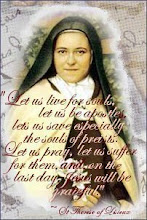



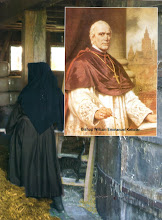
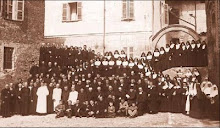

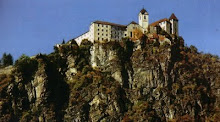









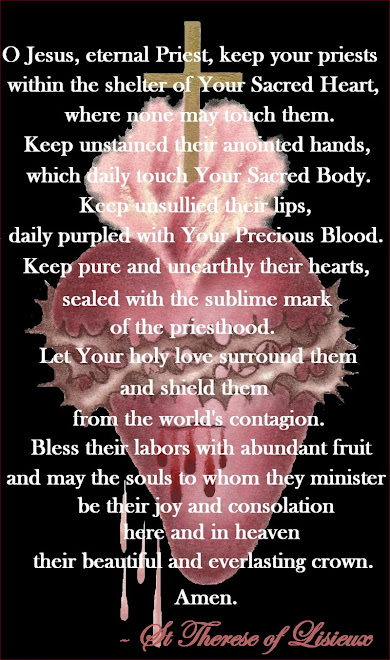
No comments:
Post a Comment